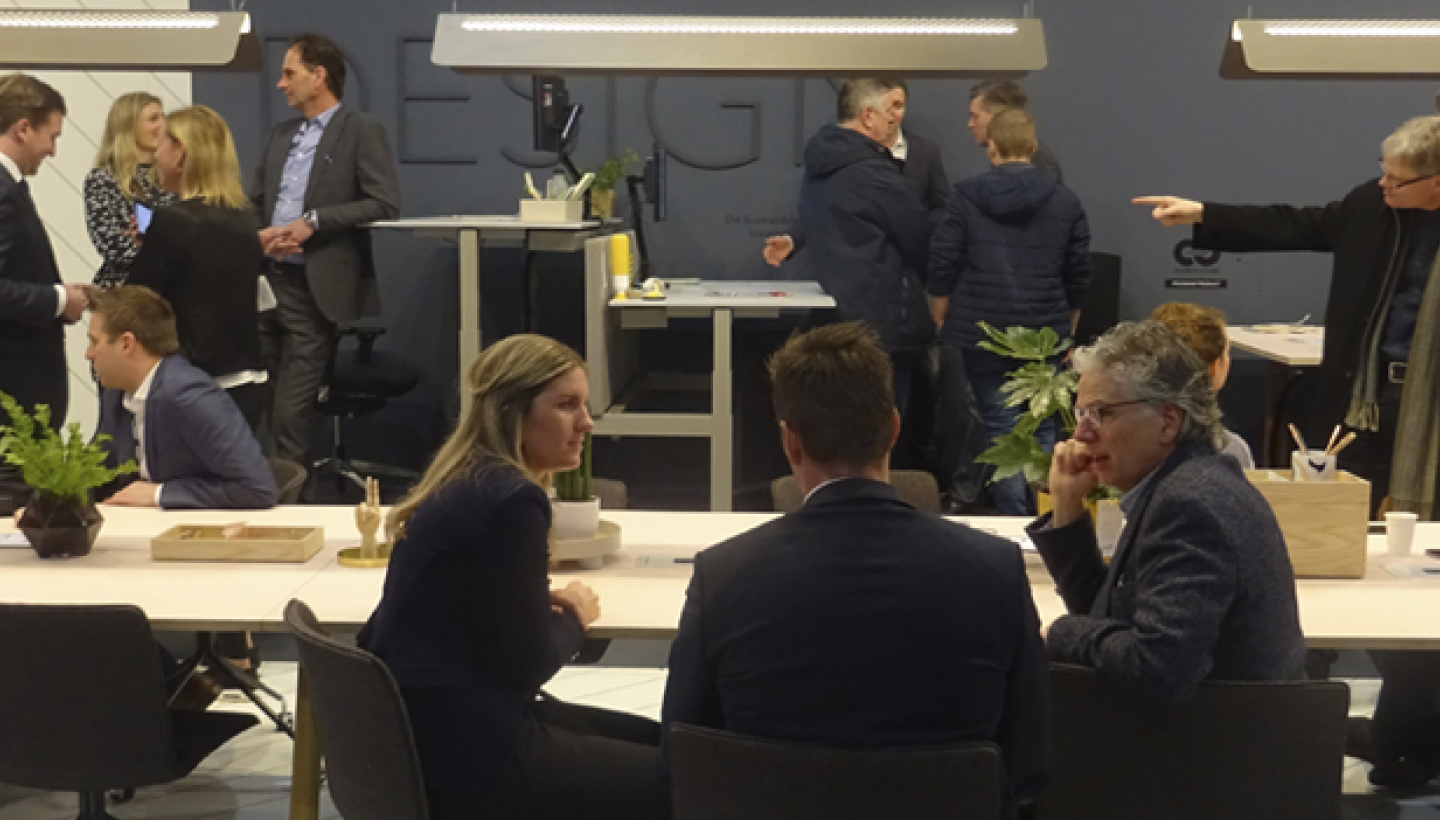In conducting effective innovation workshops, we discovered six best practices that helped us produce quality outcomes.
It is essential to understand that not all ideas have to be strategic and transformative in nature. Incremental ideas that can generate business value are considered in scope and of benefit. To generate the best possible results in the shortest amount of time, we recommend the following six measures:
1. Define the problem statement
A problem statement is about defining the problem you’re trying to solve in your workshop. Start by using these two questions to build a good foundation for a successful workshop:
- What is the problem that you’re trying to solve?
Before the workshop, together with the stakeholders, establish a list of objectives and a list of focus key topics. By doing this, you’ll know exactly what topics to brainstorm with your audience.
- What results do you expect to achieve at the end of the session?
Create a list with the expected outcomes and a list of issues to address in the future.
2. Select and combine attendees based on their area of expertise
An innovation workshop is a collaborative brainstorming session and not a one-way presentation. Present the innovation challenges at the beginning to set the context. Ensure everybody is on board with the type of ideas you’re trying to bring at the table.

3. Carefully select the innovation methodologies and exercises that will lead you to the desired outcome.
CIO recommends you focus on the three most important parts of the workshop: opportunity identification through brainstorming, opportunity presentation (pitch and present ideas to a panel of judges) and opportunity prioritisation (you need a system that allows participants to vote the best ideas).
In terms of innovation methodologies, you can use Dave Gray’s Gamestorming, David Sibbet’s Visual Meetings, or Luke Hohmann’s Innovation Games.
4. Encourage co-creation. Allow teams to build on the ideas of others
In the process of generating and reviewing ideas, leverage collective intelligence. Encourage your team to interact, comment and potentially take the ideas of others a step further.
5. Work with a series of guiding principles when applying innovative methodologies to stay on track.
Make it visual. Using a tool like the Business Model Canvas can lead to a more focused, more strategic conversation. By presenting your ideas in the most visual way possible, you ensure that everybody is on board: the more visual elements, the clearer. Use sticky notes, markers and whiteboards to mover between ideas, prioritise and present each sticky note at a time. Also, be strict with time keeping to let things be dynamic and focused on problem-solving and swiftly moving to the next one. Collecting feedback fast is an important part of the ideation process. You can use tools like Thinking Hats or dotmocracy to decide the direction you’ll be taking.
6. Explore all the options available before making a decision
Use prototyping techniques to create visual representations of your ideas but also treat the feedback and commentaries of your team members as prototypes. It helps you shape ideas faster and encourages team members to come up with more innovative ways to perfect the prototype.
Following these guidelines will help you get through difficult tasks faster with better results. Innovation workshops are a great way for companies to generate innovative ideas and use the collective intelligence of the team.



